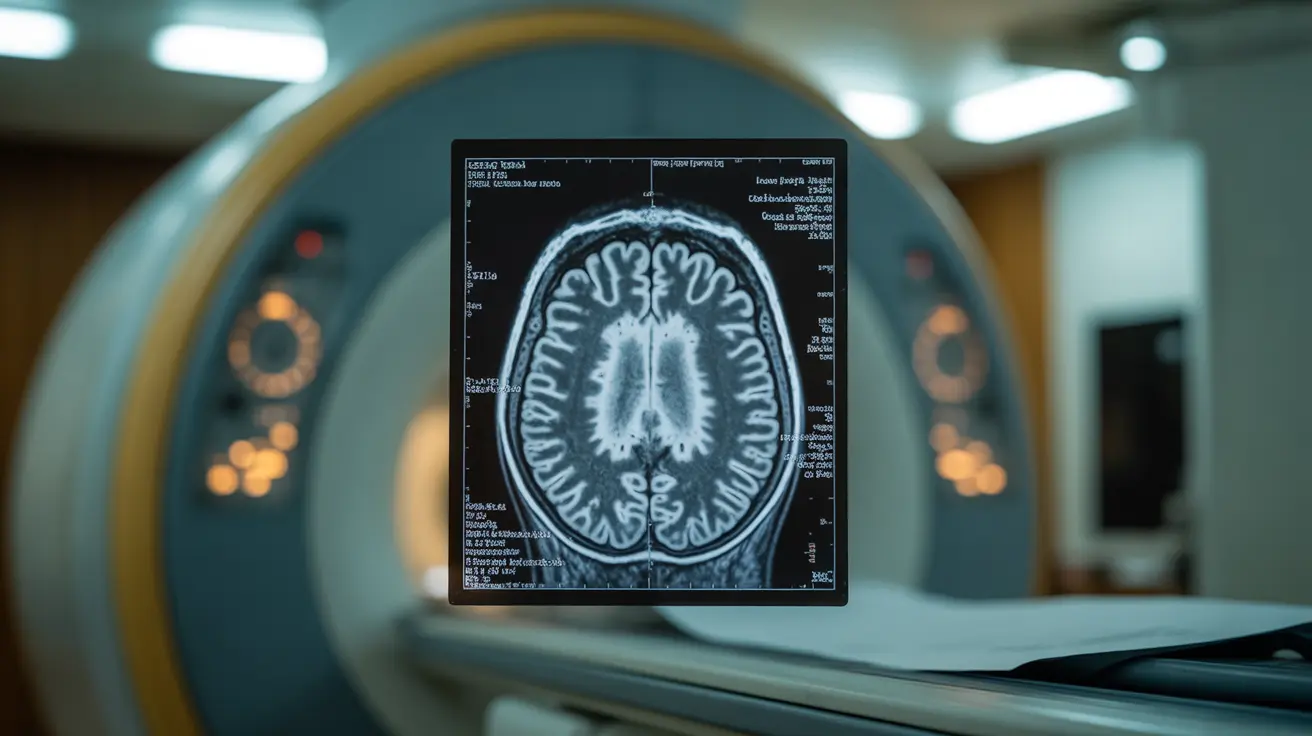Baló concentric sclerosis is a rare and complex neurological disorder characterized by distinctive concentric rings of damage in the brain's white matter. This condition, while related to multiple sclerosis (MS), has unique features that set it apart and require specific medical attention and understanding.
Initially considered a universally fatal disease, modern medical advances have revealed that some patients can experience remarkable recovery with proper treatment. Understanding this condition is crucial for both healthcare providers and affected individuals to ensure optimal care and management.
Understanding Baló Concentric Sclerosis
Baló concentric sclerosis belongs to the family of demyelinating diseases, conditions that damage the protective covering (myelin) of nerve fibers. What makes this condition unique is its characteristic pattern of alternating rings of damaged and preserved myelin, visible on brain imaging studies.
The condition typically affects young adults, though cases have been reported across various age groups. It can develop suddenly or progress gradually, leading to various neurological symptoms that require prompt medical attention.
Key Symptoms and Clinical Manifestations
The symptoms of Baló concentric sclerosis can vary significantly among individuals, often mimicking those of traditional multiple sclerosis. Common manifestations include:
- Headaches and cognitive changes
- Motor function difficulties
- Vision problems
- Balance and coordination issues
- Speech difficulties
- Seizures in some cases
The severity and progression of symptoms can differ dramatically between individuals, highlighting the importance of personalized medical care and monitoring.
Diagnostic Approaches and Imaging
Diagnosis of Baló concentric sclerosis relies heavily on advanced imaging techniques, particularly magnetic resonance imaging (MRI). The characteristic concentric ring pattern, often called "onion bulb" lesions, is a hallmark finding that helps distinguish this condition from other demyelinating disorders.
Additional diagnostic tools may include:
- Cerebrospinal fluid analysis
- Blood tests to rule out other conditions
- Neurological examinations
- Visual evoked potentials when vision symptoms are present
Treatment Strategies and Management
While there is no cure for Baló concentric sclerosis, several treatment approaches can help manage symptoms and potentially slow disease progression:
- High-dose corticosteroids to reduce inflammation
- Immunosuppressive medications
- Plasma exchange in certain cases
- Supportive therapies (physical therapy, occupational therapy)
- Regular monitoring and follow-up care
Relationship with Multiple Sclerosis
Although Baló concentric sclerosis shares some similarities with multiple sclerosis, its distinctive pattern of tissue damage and potentially different treatment responses make it a unique entity. Understanding these differences is crucial for proper diagnosis and treatment planning.
Frequently Asked Questions
- What are the main symptoms and warning signs of Baló concentric sclerosis?
The main symptoms include headaches, motor difficulties, vision problems, balance issues, and speech difficulties. Warning signs often appear suddenly and can range from mild to severe neurological symptoms.
- How is Baló concentric sclerosis diagnosed and what imaging tests are used?
Diagnosis primarily relies on MRI scans that show characteristic concentric ring lesions in the brain's white matter. Additional tests may include spinal fluid analysis, blood tests, and neurological examinations.
- What are the current treatment options available for Baló concentric sclerosis?
Treatment options include high-dose corticosteroids, immunosuppressive medications, plasma exchange, and various supportive therapies. Treatment plans are typically individualized based on symptom severity and progression.
- Is Baló concentric sclerosis related to multiple sclerosis, and how do they differ?
While both are demyelinating disorders, Baló concentric sclerosis is distinguished by its unique concentric ring pattern of tissue damage. It may require different treatment approaches than traditional multiple sclerosis.
- What is the outlook and prognosis for someone diagnosed with Baló concentric sclerosis?
The prognosis varies significantly among individuals. While historically considered fatal, modern treatments have improved outcomes substantially, with some patients experiencing significant recovery with proper medical intervention.




